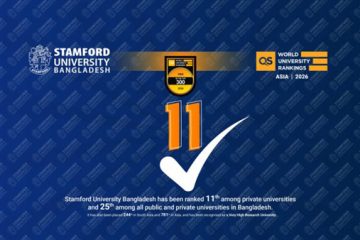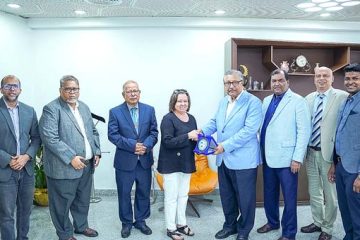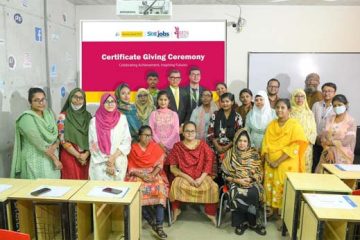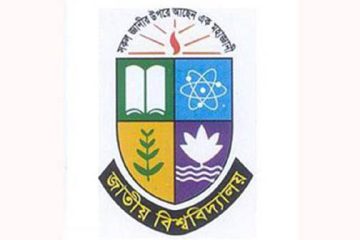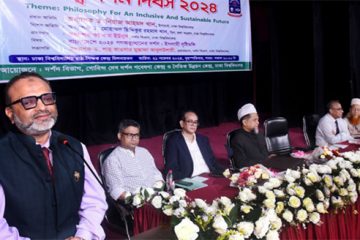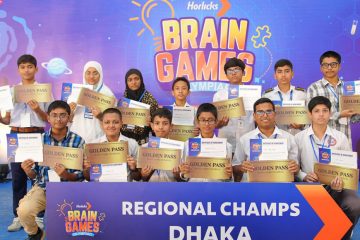Snakebite has become a public health problem in rural areas of the country, as estimated 6,041 individuals die from snakebites every year, revealed a study yesterday.
The study conduct by Directorate General of Health Services (DGHS) and Snakebite Study Group also said annual incidence of snakebites in rural Bangladesh is 623.4 per 100,000 people.
But interestingly, 86 percent people seek treatments from snake charmers (ojhas) and only 3 percent go to the registered doctors or hospitals, said speakers at the dissemination meeting on the study results.
At the meeting titled ‘Epidemiology and consequences of snakebites in rural Bangladesh’ at Cirdap auditorium, they also recommended increased level of awareness, training of snake charmers and upazila health workers to treat the patients scientifically and availability of anti-venoms at upazila health complexes.
The study conducted by Prof Ridwanur Rahman, Prof Moazzem Hossain, Dr Ziaul Islam, Dr Ariful Bashar, Prof Abul Faiz, Dr Abul Hasnat Milton, Prof Alison Jones and Prof Catherine Desti took 18,857 individuals from 3,993 households as sample across six divisions.
The frequency of snakebite was found highest in Barisal with 2667,72 annual incidence per 100,000 people which is 936.24 in Khulna, 472.68 in Rajshahi, 440.04 in Dhaka, 397.8 in Chittagong and 321.6 in Sylhet, the researchers said while presenting the study findings.
A total of 29 percent people were bitten by snakes during walking while 24 percent during working in the field and 15 percent during sleeping, they said, adding that 1.5 lakh people die from snakebites every year worldwide.
Speaking as the chief guest, DGHS Director General Prof Shah Monir Hossain said very few physicians work on snakebite, though it is a public health problem in the rural areas.
“Even there is little in medical curriculum,” he said adding that we should take evidence-based intervention and should ensure the availability of anti venoms in upazila health complexes.
He also said that some 3,000 doctors are trained for managing snakebites and 5,000 vials of anti-venoms have been bought to treat the patients.
Programmes would be taken to train the snake charmers or traditional ojhas as most of the people still go to the ojhas for treatment and they should know the scientific management of snakebites to save patients’ lives, Monir added.
Prof M Abul Faiz of Sir Salimullah Medical College and Mitford Hospital moderated the session where Director (in-charge) of DGHS Disease Control Md Azizar Rahman also spoke.

